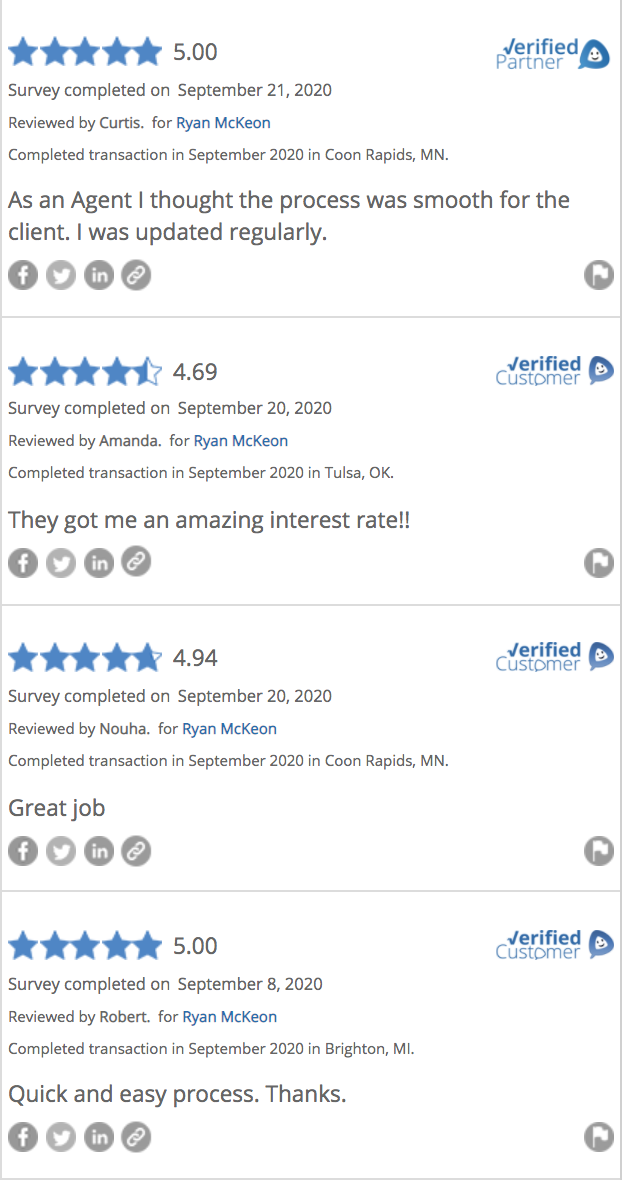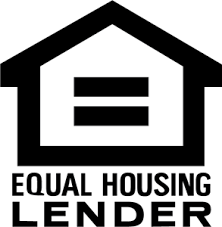The decision to downsize may come in a flash, or it may require lengthy consideration. Downsizing can and should be a fun, memorable time with your friends and family. Many homeowners near or in retirement find themselves owing little or nothing on their property, often making the home their largest investment. That home equity can be tapped into to be invested to help with later expenses, or to finance the move to a smaller home.
If you research your options, you’re less likely to get locked into a situation that doesn’t meet your expectations and leads to another move. It often pays to find a real estate agent who works with seniors, such as an agent who has earned the Seniors Real Estate Specialist credential.
Less space doesn’t necessarily translate into less money. For example, you might want to relocate downtown, and find that condos are in short supply and priced out of your reach. Many homeowners sell their homes for, say, $400,000 to $500,000 but find that they will have to spend at least that much for a condo in the city. Many agents recommend newly redeveloped suburban town centers that offer urban amenities.
What is the best way to deal with a home that’s too now, in your later years? Generally, homeowners have two choices: downsize—selling the home and buying a cheaper one; or taking out a reverse mortgage—a loan that need not be repaid until the home is sold. Most owners have been free of mortgage payments for many years and just don’t want to take on a new debt with a reverse mortgage.
Like most financial matters, the best choice depends on your individual circumstances. How solid are your other income sources? How well could downsizing proceeds be invested to produce income? Do you want to leave assets to heirs? And, of course, what’s your health and life expectancy? Many wrestle with the choice; 9 out of 10 choose downsizing.
Houses that sold 40 years ago for $65,000 are now selling for easily quadruple the original selling price. Older homeowners would rather take these funds and retire comfortably to the suburbs or even out of state and be able to provide their heirs an inheritance rather than remain in too much house for the sake of convenience.
Downsizing is straightforward. Sell the old home for $400,000 and buy a new one for $250,000, then put the remaining $150,000 to work—spend it gradually, invest in securities that pay interest or dividends, or buy an annuity that will provide a steady income for life.
When downsizing, you have complete control over the cash left after the new home is purchased. You can spend it, invest it, pass it to family members, or whatever else you want to do. Also, you’ll extract all the equity from the old home, while a reverse mortgage may free up only half.
But, of course, there’s no guarantee how long that cash-from-equity will last, unless it’s put into an annuity that will pay income for life. Financial calculations don’t always favor downsizing, because the new property often takes all or nearly all the proceeds from the old one.
Usually the only way to have a decent profit from a downsizing sale is a reduction in living conditions. Clients often want a smaller home but no less luxury. They want a kitchen with a big island, granite countertops and stainless-steel appliances, and a master suite on the first floor. In newer but smaller homes with those features, the trade-off may be smaller secondary bedrooms and less storage.
When the time comes to retire, you’ll have to weigh the pros and cons of whether you want to move and downsize. Consider all your options carefully and make sure you crunch all the numbers you can.



